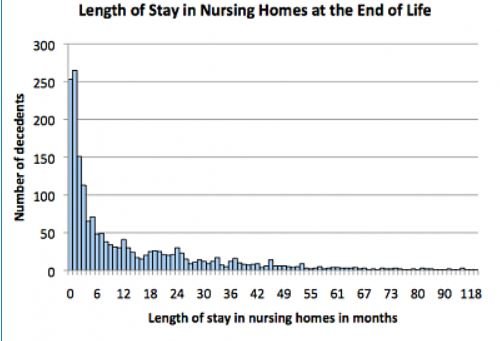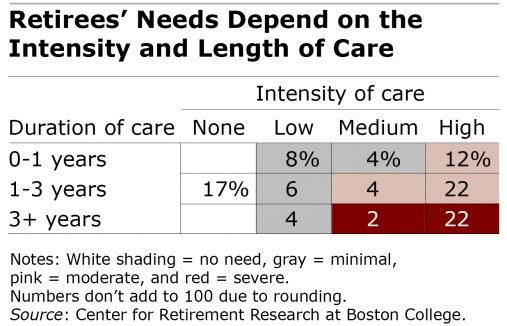corn18
Thinks s/he gets paid by the post
- Joined
- Aug 30, 2015
- Messages
- 1,890
I was just at the benefeds web site signing up for dental and vision because my COBRA runs out on Thursday. Good rates. Basically the same rate I had at megacorp for the same coverage. While there, I saw that they offered LTCI, so I went to have a peek. I got a quote for a few different plans, but they all seemed like really good rates. The max one on the right looks peachy to me. Wanted to check with the pundits and see if I am reading this correctly and what questions I should ask. They do have the right to raise rates, but they have to get permission from the Office of Personnel Management.
What do you think? Sure looks cheaper than self insuring. I am 55.


What do you think? Sure looks cheaper than self insuring. I am 55.




